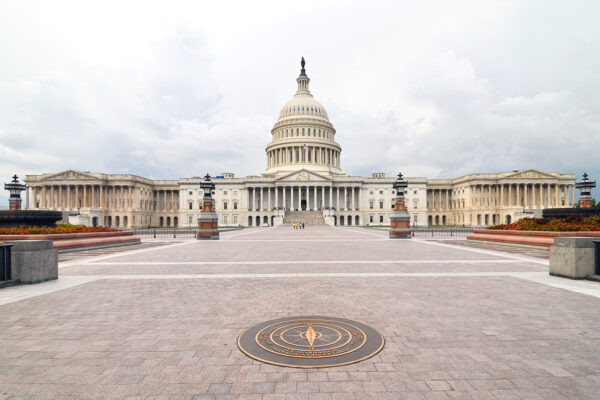
In my most recent column for World Politics Review, I argue that other European countries should welcome the chance to be “Dutchified”. Political fragmentation is often interpreted as a sign of political crisis, and indeed the transition from a two- to a multiparty system can be a bumpy ride, but the Netherlands proves it produces better outcomes.
There is no reason this shouldn’t be true for the United States as well.
Forcing Americans to make an either-or, left-or-right choice every election has bred extreme partisanship (but weak parties) and polarization. It has politicized the judiciary and led to a stalemate in Washington, where lawmakers are unable to tackle major issues, such as entitlement reform, and unwilling to rein in presidents of their own party.
If the only alternative to extremism in your own party is the other party, most will choose extremism.
But what if there was another alternative?
Five-party system
Echelon Insights, an opinion research firm, asked Americans how they would vote if they had not two but five parties:
- A Trumpist nationalist party on the far right.
- A Reaganite conservative party on the center-right.
- A culturally liberal and globalist “Acela Corridor” party, in the mold of former New York mayor Michael Bloomberg, in the center.
- A Labor Party, in the mold of former president Barack Obama, on the center-left.
- A Green party on the far left.
The company found (PDF) that a Labor Party would place first with 28 percent support. The two parties of the right would split 40 percent. An Acela Corridor party would win 12 percent and the Greens 10 percent.
The majority of Republicans would split more or less equally between the two new right-wing parties.
Most Democrats — 42 percent — would vote Labor. The Acela Corridor party and the Greens would each take around one in five voters from the Democrats.
Types
Echelon Insights’ five proposed parties capture many of the types of Americans the Pew Research Center has identified:
- “Country First Conservatives” and “Market Skeptic Republicans” would fit in a Trumpist nationalist party.
- “Core Conservatives” and some “New Era Enterprisers” would prefer a more traditional Reaganite party.
- Other “New Era Enterprisers” could find common cause with some “Solid Liberals” and some “Opportunity Democrats” in an Acela Corridor party.
- Most “Solid Liberals” and most “Opportunity Democrats” would probably vote Labor.
- “Disaffected Democrats” would go to the Greens.
- The only group without an obvious party would be “Devout and Diverse” Democrats, the smallest on the left.
Coalitions
With neither the two most right-wing nor the two most left-wing parties in the majority, the Acela Corridor party could act as kingmaker and have a moderating effect on American politics.
But presumably the Trumpists and Reaganites, perhaps joined by “Devout and Diverse” Democrats when moral issues are at stake, would sometimes win a majority and be able to form a coalition, much as they have now.
At other times, Labor might prefer a coalition with the Acela Corridor party and the Reaganite right over a deal with the far left.
Ideas for reform
There are plenty of ideas for how to transition to a multiparty system, few of which would require constitutional reform:
- Multi-member congressional districts, ranked-choice voting or French-style runoffs would allow third parties to thrive without playing spoiler and encourage politicians to appeal to the center rather than to the extreme wings of their parties.
- Taking judicial appointments out of the hands of politicians (in most other democracies, judges appoint their own) could help depoliticize the judiciary and take the sting out of the culture war that keeps the two-party system in place.
- Shifting power to more populous states would help shrink the rural-urban divide — another cleavage of the culture war — and reintroduce political competition in coastal cities. Changing the composition of the Senate would probably be the last, not the first, step in the transition, but this would be another argument for multi-member congressional districts, which do not require constitutional reform. If the Electoral College, which currently gives an unfair advantage to sparsely populated states, cannot be abolished, it could be expanded to more accurately reflect where Americans live.
